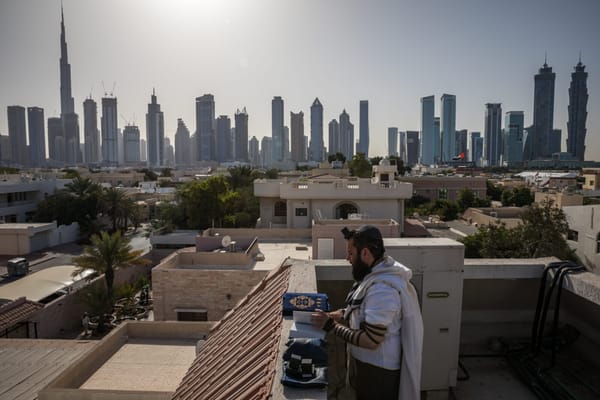From the Editors
This issue looks at the economic and social crises that beset Iran more than 15 years after the Islamic Revolution. While the articles presented here share a critical perspective toward the present government, the authors allow us to see aspects of a society that both endures and challenges the inep









